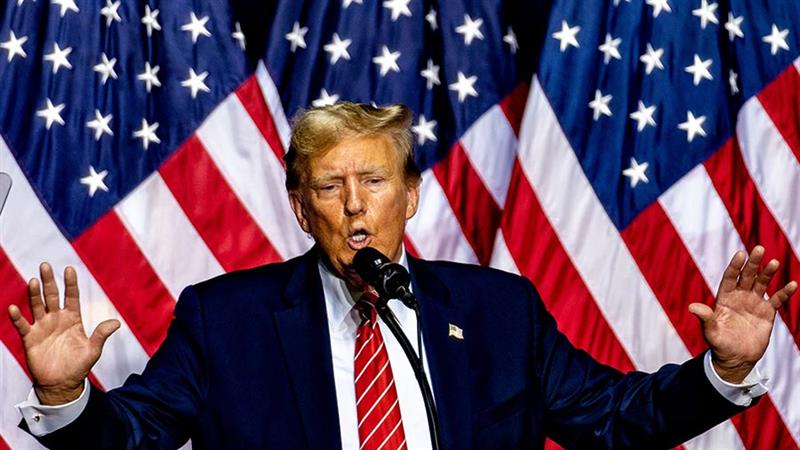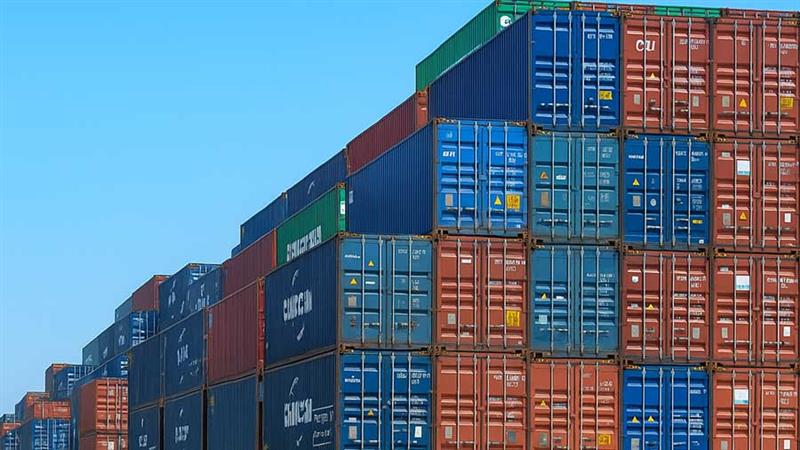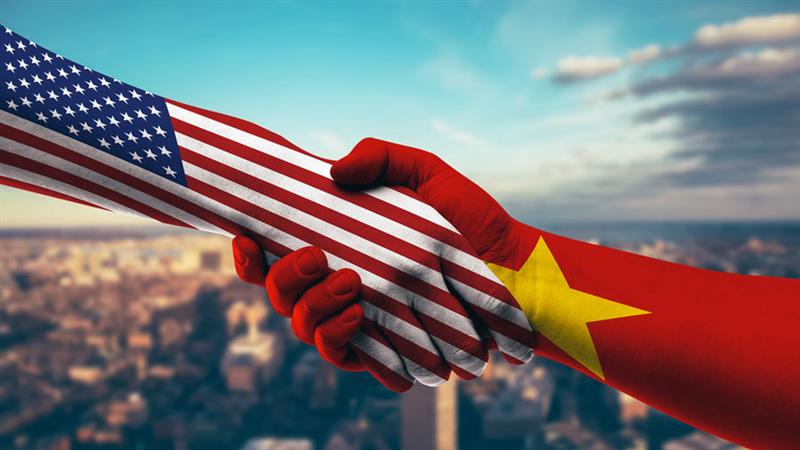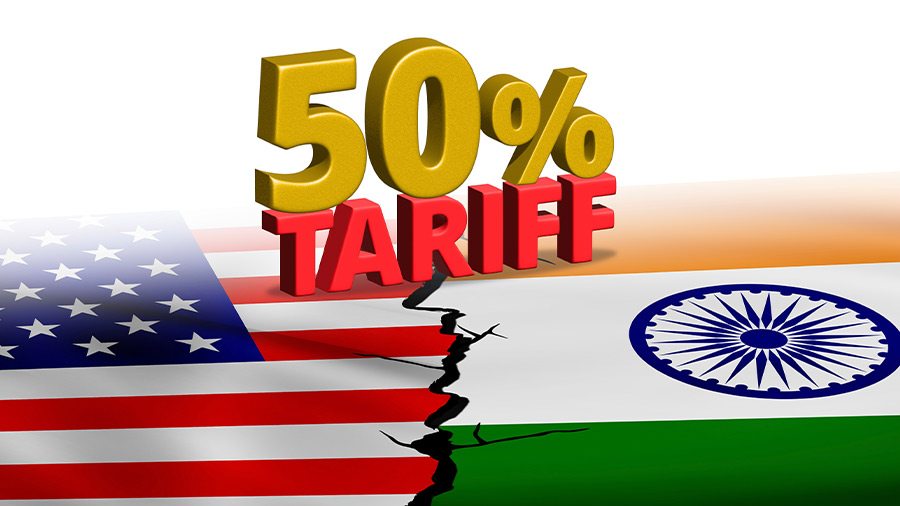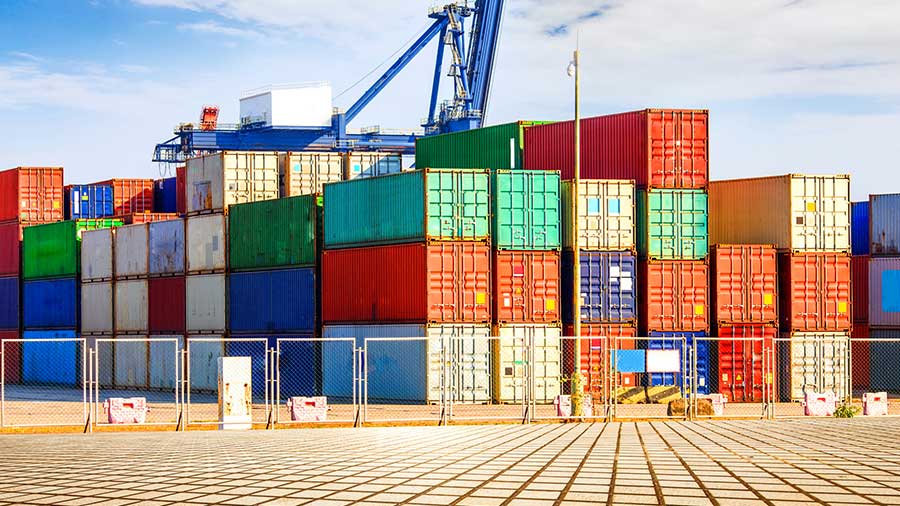-
Other Briefings
- Subscribe
US-China Relations in the Trump 2.0 Era: A Timeline
Trump has threatened an additional 100% tariff on Chinese goods in retaliation for the expansion of rare earth export controls. This timeline was created on January 21, 2025, and was last updated on October 11, 2025.
Breaking Down the US-China Trade Tariffs: What's in Effect Now?
The current landscape of US-China tariff rates is complex, with multiple overlapping trade measures in effect. This article explains which tariffs apply in 2025 and how they intersect.
Top US States Trading with China: Measuring Exposure to the Trade War
2024 trade data highlights uneven state-level exposure to China and underscores how shifting trade dynamics create varying levels of economic impact across the country.
US and China Reach Trade Concessions Following Trump-Xi Meeting: Outcomes and Implications
The meeting in Busan produced a series of trade de-escalation measures, including tariff reductions and the suspension of rare earth export controls and port fees, offering temporary relief to businesses.
How Will China’s Rare Earth Export Controls Impact Industries and Businesses?
China has imposed new restrictions on the export of certain rare earth products, extending oversight to items produced abroad using Chinese technology and materials, potentially further disrputing global supply chains.
US-Vietnam Framework for Trade Agreement: Key Terms and Expectations
The US-Vietnam Framework for an Agreement on Reciprocal, Fair, and Balanced Trade outlines a deeper integration plan beyond tariff changes.
Avoiding Origin Violations: How Foreign Businesses in China Can Legally Route Goods Through ASEAN and Beyond
To avoid origin violations, foreign businesses sourcing from China can legally route goods through ASEAN by ensuring substantial transformation, accurate origin labeling, and thorough documentation.
Transshipment and Origin Risks: How Vietnam-Based Businesses Can Stay Compliant
The US intensifies scrutiny of transshipment via Vietnam, imposing steep tariffs and driving stricter origin compliance in 2025.
How Are Tariffs Impacting Chinese Exports to the US?
Chinese exports to the US have dropped significantly in 2025 as Trump's tariffs begin to bite. We examine the latest trade data and discuss the possible trajectory of US-China trade.
Rare Earth Elements: Understanding China’s Dominance in Global Supply Chains
China accounts for the vast majority of the world's production and processing of rare earth elements, giving it vital leverage in trade negotiations. We explore China's leading position in the sector and discuss how companies can navigate supply chain risks.
Indian Exporters Face 50% US Tariff Rate Effective August 27, 2025
From August 27, 2025, Indian exporters will be subject to tariffs of up to 50 percent on shipments to the US. In addition, the US has withdrawn duty-free concessions on low-value imports, further increasing the compliance burden on exporters.
The Impact of Tariffs on Vietnamese Exports: US-Vietnam Trade Relations Under Trump 2.0
Trump’s tariffs could heavily impact Vietnamese exporters because of the large US trade surplus and previous accusations. However, Vietnam may lessen this impact with the right approach.

DEZAN SHIRA & ASSOCIATES
Meet the firm behind our content. Visit their website to see how their services can help your business succeed.
About Us Find an AdvisorWant the Latest Sent to Your Inbox?
Subscribing grants you this, plus free access to our articles and magazines.
SUBSCRIBEGet free access to our subscriptions and publications
Subscribe to receive weekly India Briefing news updates, our latest doing business publications, and access to our Asia archives.
Sign Up Now


